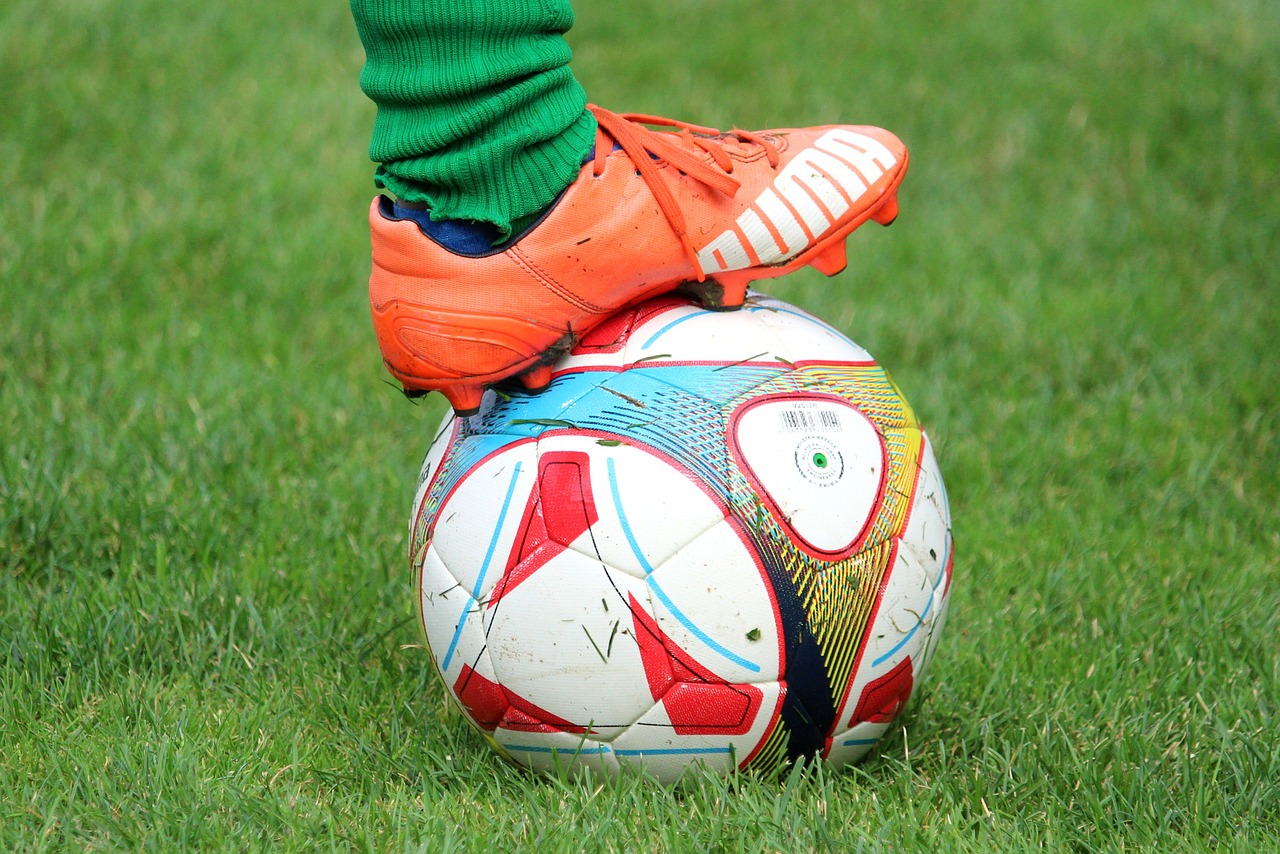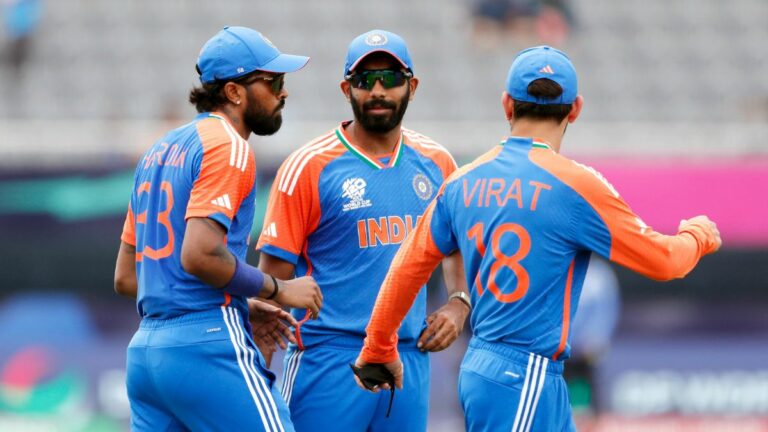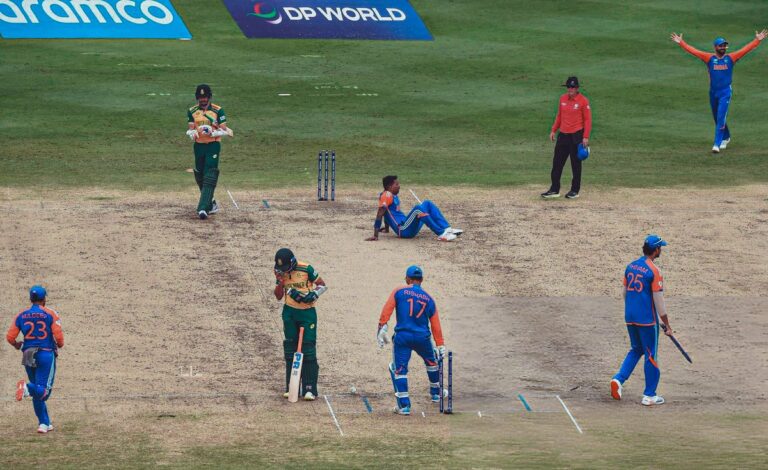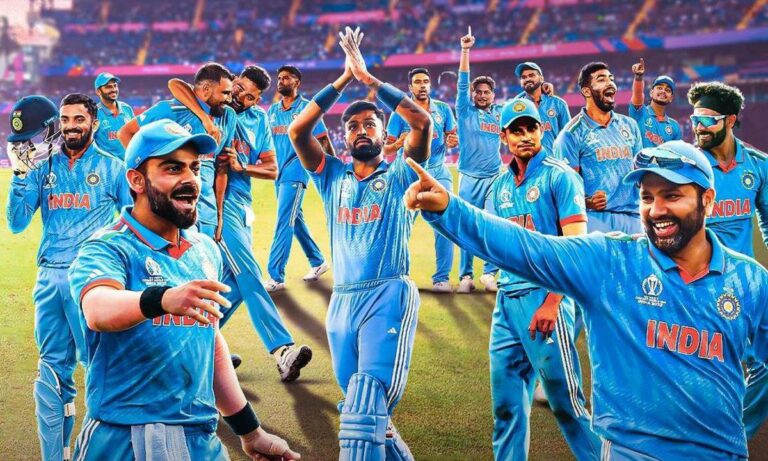Exploring Moisture Management in Cricket Gloves
11xPlay, Allpaanel: Proper moisture management in cricket gloves is crucial as it directly impacts a player’s performance on the field. When sweat accumulates inside the gloves during intense gameplay or under hot conditions, it can lead to discomfort, slippage, and reduced grip on the bat. This not only affects the player’s control and accuracy while batting but also hampers their ability to field effectively.
Furthermore, excessive moisture buildup inside cricket gloves can cause them to deteriorate more quickly, reducing their lifespan and durability. Moisture can weaken the material of the gloves, making them prone to tearing and damage. Therefore, investing in high-quality cricket gloves with effective moisture-wicking properties is essential for players looking to maintain a strong and reliable grip while playing the game.
Common Materials Used for Moisture Management in Cricket Gloves
Cricket gloves are essential for players to have a good grip on the bat and ensure safety during the game. To enhance comfort and performance, moisture management is crucial in the design of cricket gloves. Several materials are commonly used to achieve effective moisture management in these gloves.
One common material used for moisture management in cricket gloves is spandex. Spandex is a stretchable material that helps to wick away sweat from the hands, keeping them dry and comfortable during intense gameplay. Additionally, spandex allows for flexibility and movement, ensuring that players have a secure grip on the bat while also providing ventilation to prevent overheating.
Why is moisture management important in cricket gloves?
Moisture management is important in cricket gloves as it helps to maintain a good grip on the bat, prevents discomfort and blisters, and enhances overall performance on the field.
What are some common materials used for moisture management in cricket gloves?
Some common materials used for moisture management in cricket gloves include leather, synthetic materials like polyester and nylon, and moisture-wicking fabrics like microfiber.
How do these materials help in managing moisture in cricket gloves?
Leather is naturally moisture-wicking and provides a good grip even when wet, while synthetic materials like polyester and nylon are quick-drying and help to wick away sweat. Moisture-wicking fabrics like microfiber are designed to draw moisture away from the skin, keeping the hands dry.
Are there any specific care instructions for cricket gloves to maintain their moisture management properties?
To maintain the moisture management properties of cricket gloves, it is recommended to air out the gloves after each use, avoid storing them in damp conditions, and follow the manufacturer’s instructions for cleaning and care.







